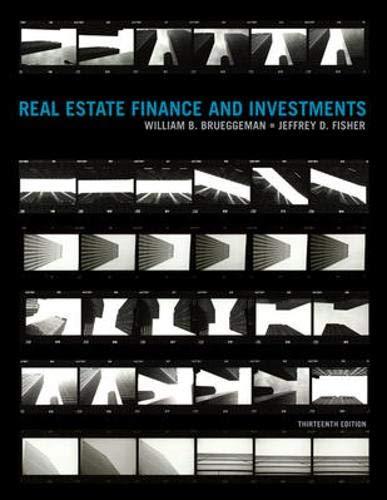4. Daily Enterprises is purchasing a $9.6 million machine. It will cost $52,000 to transport and install the machine. The machine has a depreciable life of five years using straight-line depreciation and will have no salvage value. The machine will generate incremental revenues of $4.3 million per year along with incremental costs of $1.4 million per year. Daily's marginal tax rate is 21%. You are forecasting incremental free cash flows for Daily Enterprises. What are the incremental free cash flows associated with the new machine? The free cash flow for year 0 will be $ (Round to the nearest dollar.) The fren cash flow for vears 1-5 will be $ (Round to the nearest dollar) 11. You are a manager at Northern Fibre, which is considering expanding its cperations in synthetic fibre manufacturing. Your boss comes into your office, drops a consultant's report on your desk, and complains. We owe these consuftants $1.8 millian for this teport, and I am not sure their analysis makes sense. Belore we spend the $22m ilion on new equipment needed for this project, look it over and give me your opinion. "You open the report and find the following estimates (in m illi ons of dollars): All of the estimates in the report seem correct. You note that the consultants used straight-line depreciation for the new equipment that will be purchased today (year 0 ), which is what the accounting department recommended for financial reporting purposes. CRA allows a CCA rate of 45% on the equipment for tax purposes. The report concludes that because the project will increase earnings by 54.706 million per year for 10 years, the project is worth $47.05 million. You think back to your glory days in finance class and realize there is more work to be done! First you note that the consultants have not factored in the fact that the project will require $15million in working capital up front (year 0 ). which will be fully recovered in year 10. Next you see they have attributed $1.76 million of selling, general and administrative expenses to the project, but you know that $0.88 million of this amount is overhead that will be incurred even if the project is not accepted. Finally. you know that accounting eamings are not the right thing to focus on! a. Given the available information, what are the free cash flows in years 0 through 10 that should be used to evaluate the proposed project? a. Given the available information, what are the free cash flows in years 0 through 10 that should be used to evaluate the proposed project? The free cash flow for year 0 is $ The free cash flow for year 1 is 5 million. (Round to three decimal places, and enter a decrease as a negative number.) The free cash flow for year 2 is S million. (Round to three decimal places, and enter a decrease as a negative number.) The free cash flow for year 3 is $ million, (Round to three decimal places, and enter a decrease as a negative number.) The free cash flow for year 4 is 5 million. (Round to three decimal places, and enter a decrease as a negative number.) The free cash flow for year 5 is 5 million. (Round to three decimal places, and enter a decrease as a negative number.) The free cash flow for year 6 is $ million, (Round to three decimal places, and enter a decrease as a negative number.). The free cash flow for year 7 is $ milian. (Round to three decimal places, and enter a decrease as a negative number.) million. (Round to three decimal places, and enter a decrease as a negative number.) he free cash flow for year 8 is $ million. (Round to three decimal places, and enter a decrease as a negative number.). he free cash flow for year 9 is $ million. (Round to three decimal places, and enter a decrease as a negative number.) e free cash flow for year 10 is $ milion. (Round to three decimal places, and enter a decrease as a negative number.)








